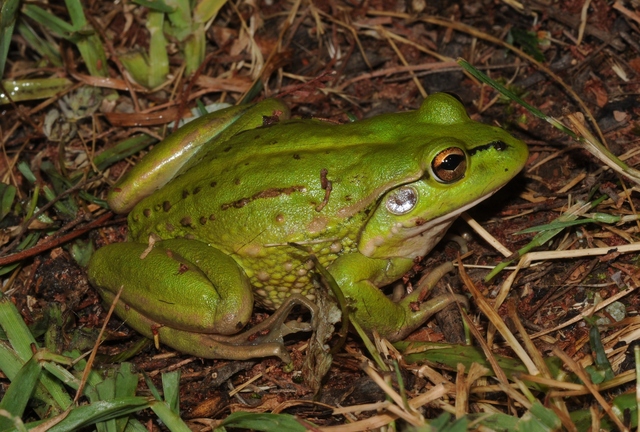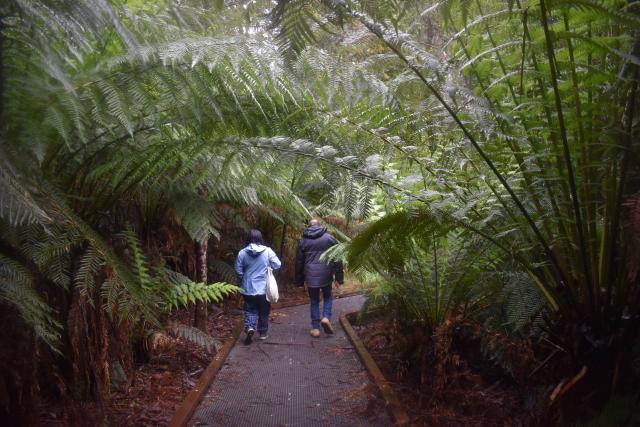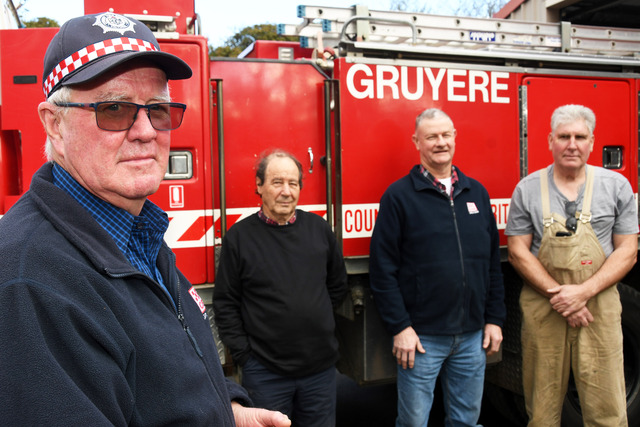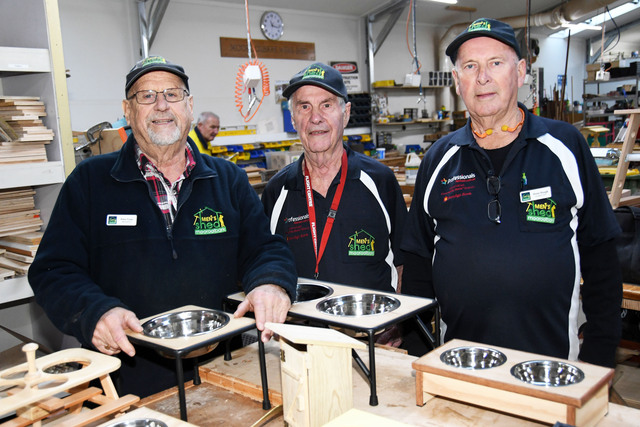Hearing the sound of a growling grass frog may be rare but in these prime warmer months it’s important to listen out.
Ecologist, conservationist and Frogs Victoria president David De Angelis said breeding season for the growler is typically during spring and summer and is the time when they’re “most active and calling”.
The vulnerable-listed species had its last confirmed sighting in 2019 on a private property in Coldstream after two arborists Grant Harris and James Gibson heard the calls.
This led to a Melbourne Water survey of another nearby property, with the approval of the owner, and Mr De Angelis helping to confirm the good news after listening to a recording.
“[This] is exciting because the species is threatened and there are few known populations east of Melbourne,” Melbourne Water waterwatch coordinator Jane Petch said.
Mr De Angelis said because it was “the peak of their calling and breeding season, we heard up to 20 frogs” during the end of December, early January period.
Growlers are known to breed between September and March and particularly like “slow flowing water or still water to breed in”.
“You won’t usually find them in fast flowing creeks but the Stringybark Creek for example which slows in between some of these properties is that type of slow flowing creek,” Mr De Angelis said.
“Dams absolutely provide breeding habitat as well as ponds and up to larger wetlands. That’s particularly relevant in this case because that’s exactly the type of breeding habitat the frogs were rediscovered in.”
But Mr De Angelis said despite needing water to breed in, a lot of the adult growlers will do their feeding up on land.
“These wetlands that they’re holding on in, in the Coldstream area, do have some trees and shrubs, but otherwise they’re fairly open and exposed to the sun and that’s really important for maintaining that fungus at low levels so the frogs can survive,” he said.
Growling grass frogs are particularly prone to a disease caused by the amphibian chytrid fungus which has been “causing the die-off of frogs all up the east coast of Australia” for many years.
While it is expected that growling grass frogs have always existed in the Coldstream, Gruyere and larger Yarra Valley area, with the previous known sighting being 2006, Mr De Angelis said with many of the properties being private it is hard for researchers to access dams to understand the exact population.
“Without people having maintained a record or knowing it was still in the area there was a possibility that it might have disappeared entirely
“The fear was they had disappeared from the middle to Upper Yarra catchment and more broadly.”
After the first rediscovery, Melbourne Water used automated sound recording equipment and could confirm the growlers were at a second property, something Mr De Angelis identified as being “a big relief…and very exciting”.
“Those landowners are happy to have the frogs there and to try and ensure their habitat is protected on that farm into the future so at the very least it gives us more confidence that there’s less risk of the frog disappearing entirely from the region.
“Hopefully we can find them on some other properties and in the first instance see how widespread they are still.”
One of the best ways to do so, Ms Petch said, is to take part in the Frog Census and become a citizen scientist.
“If you are wondering how to identify a Growling Grass frog then download the Frog Census App and listen to its distinctive call,” she said.
“When you make a recording using the App it is verified by an ecologist and the information is made publicly available on the Atlas of Living Australia.”
The Frog Census program has been running for over 20 years and has gathered over 14,000 frog records contributing to the understanding of the health of waterways, wetlands and frog population trends across greater Melbourne.







